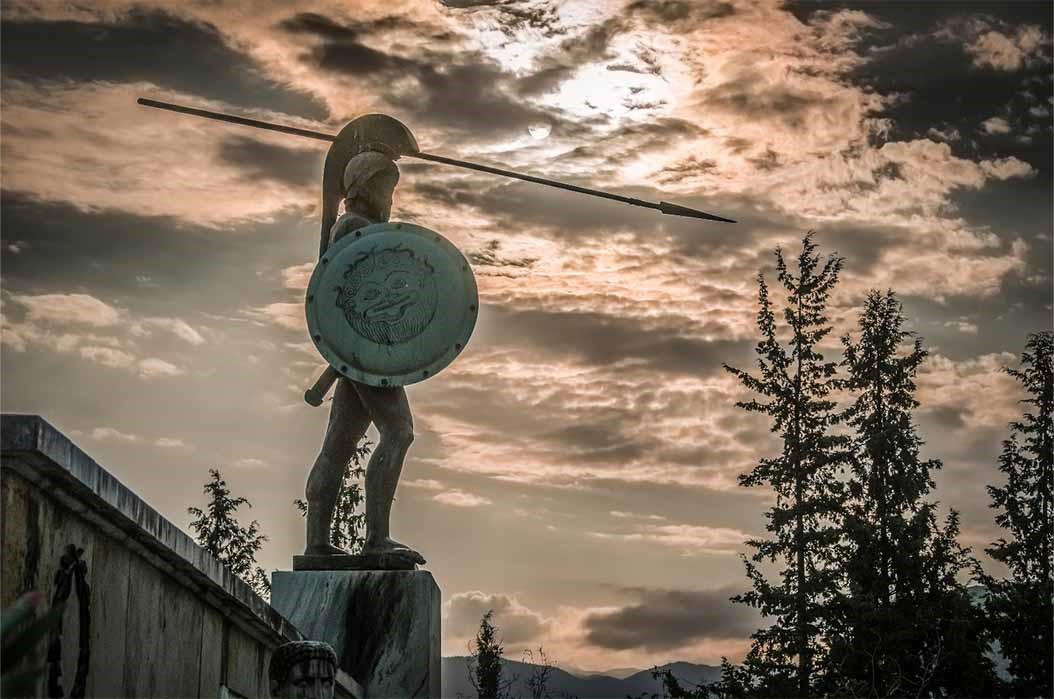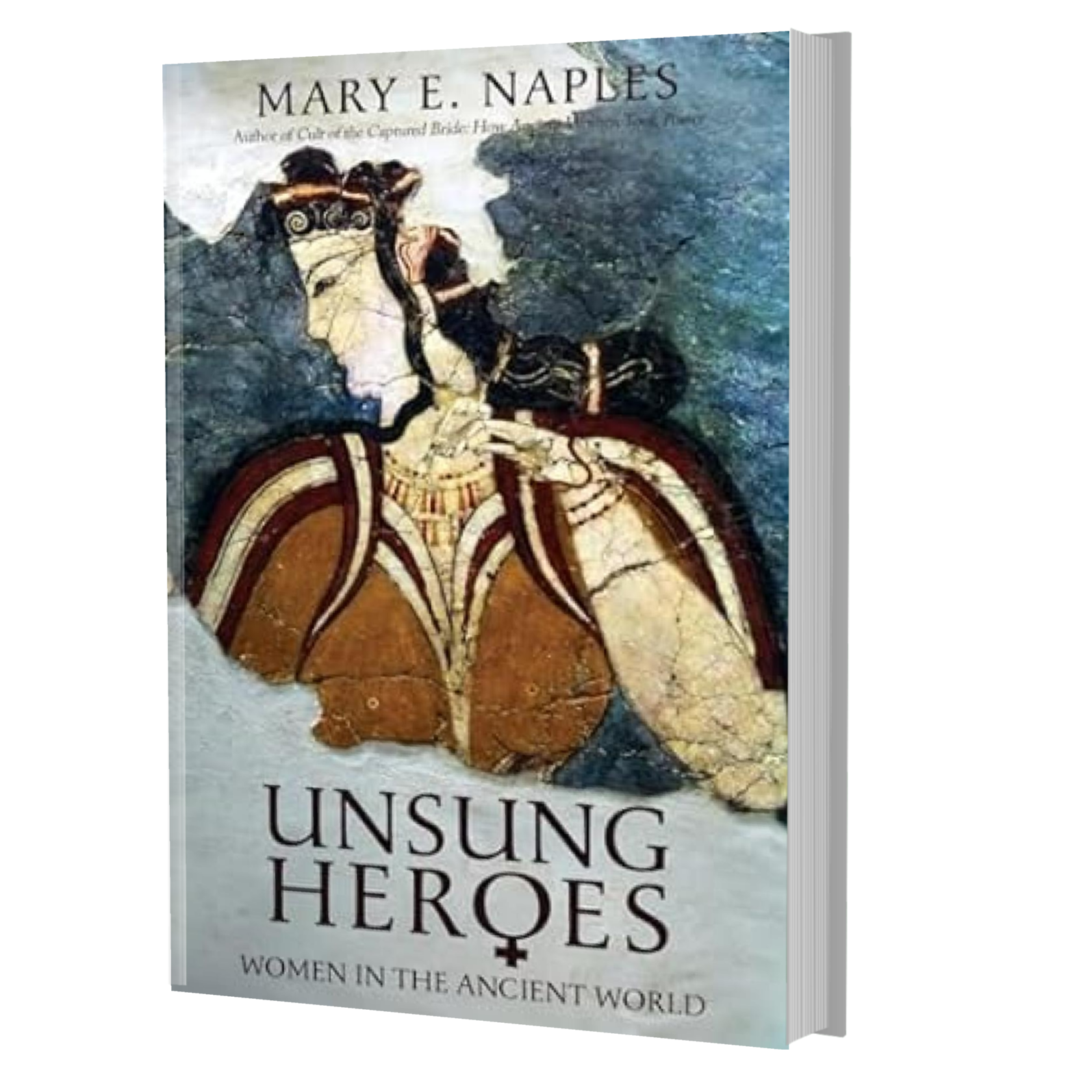On the face of it, Spartans might have felt right at home living under the iron fist of the Third Reich given that this city-state—more than any other in the Greek world—- sacrificed individuality on the altar of authoritarianism. In addition to the institutionalized abuse it hurled on its prized male citizens, Sparta was notorious for licensed savagery against the much-maligned Helot class who they were bent on destroying. So, it comes as something of a surprise that a society primitive in its treatment of humans was in many ways out-and-out advanced in its treatment of women. Alas, it is no secret that even in “enlightened” ancient Greece, members of the second sex were relegated to the margins of society. But although Sparta—-also known as Lacedaemon—- joined other Greek city-states in deeming women unworthy of citizenship, it differed from them in one critical way: women had the right to own property. In fact, by the early fourth century BCE, Spartan women were believed to have owned as much as forty percent of their land. For this and many other such freedoms, a grumbling Aristotle attributes the license of Spartan women to the state’s eventual downfall and quips: “But what difference does it make whether women rule, or the rulers are ruled by women? The result is the same.”

What could have induced Sparta to break from their Greek counterparts and give women authority over their lives? Before answering this fundamental question, it is important to understand how Sparta differed from other Greek city-states and to learn the reasons for it. First and foremost, Sparta was a warrior state predicated on a ready militia that was second to none. A diarchy, Sparta was ruled by two hereditary kings who shared power equally. Within the executive branch, the kings governed along with five ephors (overseers) who were the only elected positions within the state ruling for a term of one year. With little interaction from the outside world, Sparta was intensely insular and by most accounts considered a closed society—an individual’s rank at birth determined their rank at death. Nevertheless, by some definitions they were democratic; among its male citizens everyone was equal, referring to themselves as homoioi (the equal ones). The polis was divided into three primary social classes: the Spartans (or Spartiates) who were its male citizens, the Helots who were its serfs or slaves, and the Perioeci “dwellers around” who were neither as elevated as citizens nor as suppressed as slaves and lived within the Spartan territories. When economic commerce and trade were prohibited in Sparta during the Classical era (500-336 BCE), the Perioeci produced weapons and amour for Sparta’s vast military arsenal.
……………………………

Why was the authoritarian and martial state of Sparta in many ways liberating to its women? Read more in my book Unsung Heroes on Amazon.
